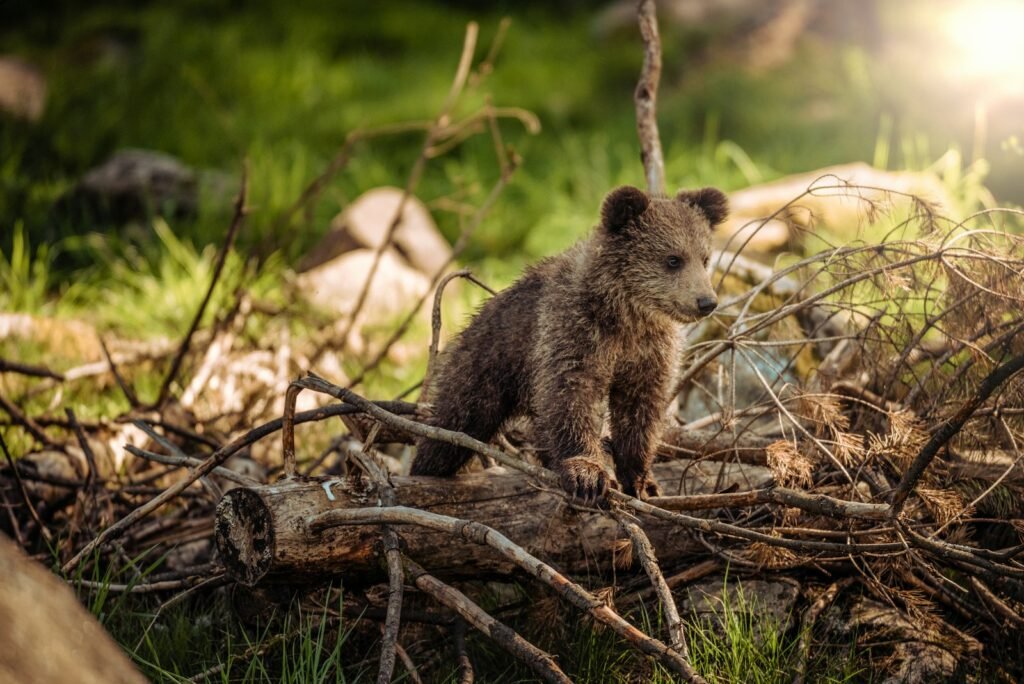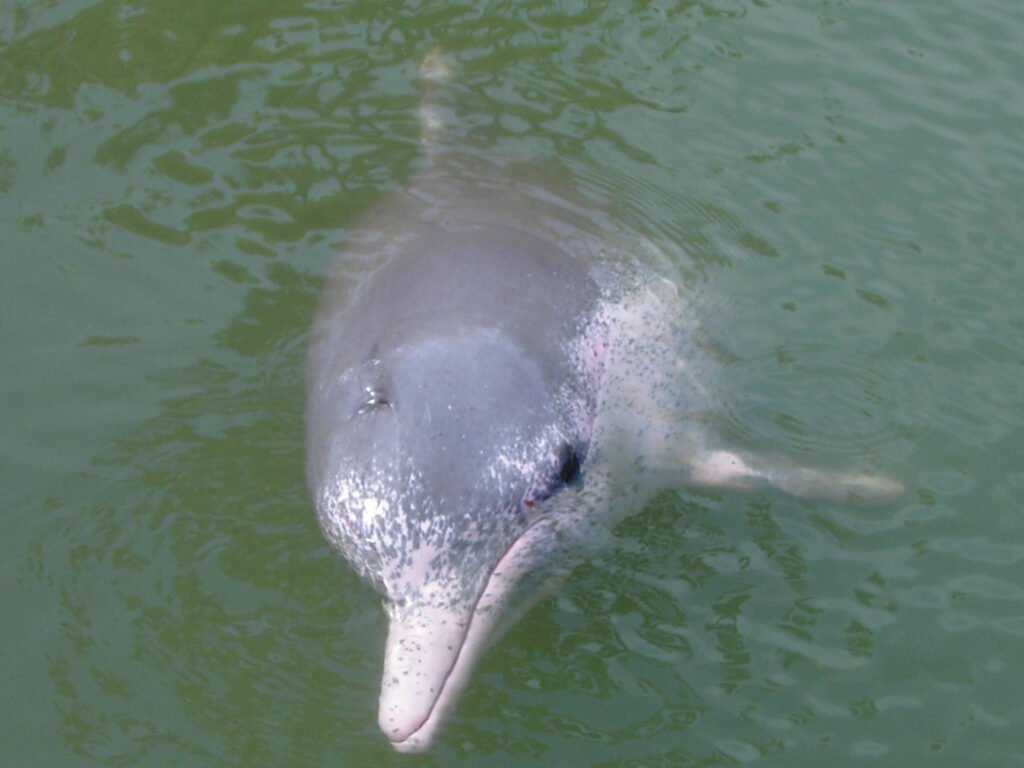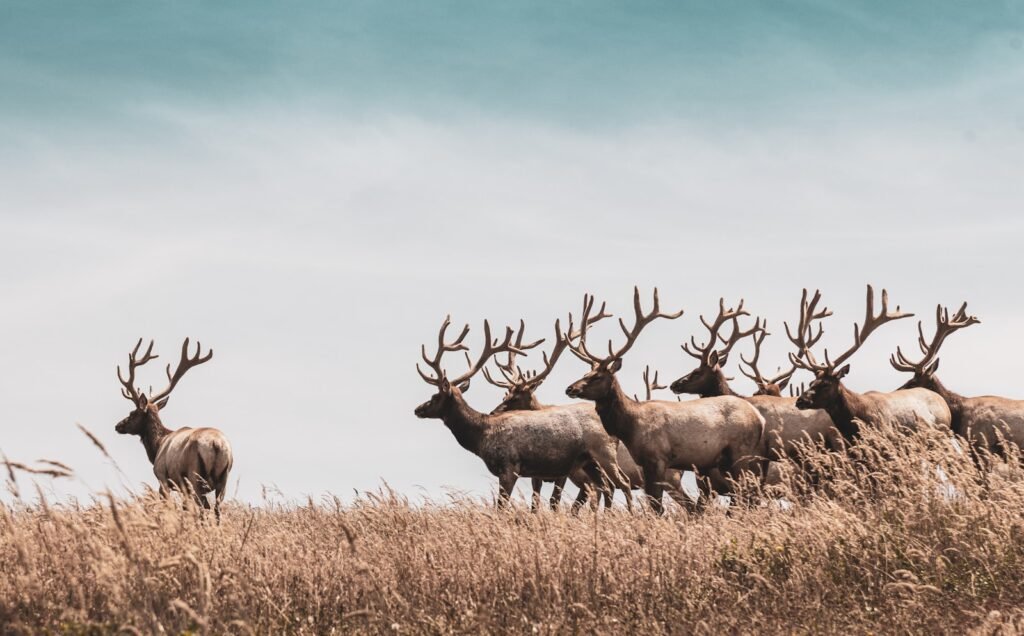Imagine a world where ancient wisdom breathes new life into fragile ecosystems, where centuries-old stories hold the secret to survival for some of the most unique animals on earth. In New Zealand, this is not a distant dream—it’s a reality shaped by the deep connection of Māori people to their land and wildlife. As conservationists race against time to save endangered species, it’s Māori knowledge that often lights the path forward, offering hope and solutions grounded in tradition and respect for the natural world. The intertwining of Māori wisdom and scientific effort is not just inspiring—it’s transforming the future of New Zealand’s endemic wildlife.
The Māori Worldview: Kinship with Nature
For Māori, the natural world is not just a resource but a living tapestry of ancestors, stories, and guardianship. Every bird, plant, and river is seen as a relative, forming what is called “whanaungatanga”—a kinship that binds humans to all living things. This deep sense of belonging fosters a powerful sense of responsibility, or “kaitiakitanga,” to care for the environment. Instead of seeing themselves as separate from nature, Māori people embrace their role as caretakers, ensuring that the land and its creatures are protected for future generations. This worldview lays the foundation for their unique approach to conservation.
Kaitiakitanga: Guardianship in Action
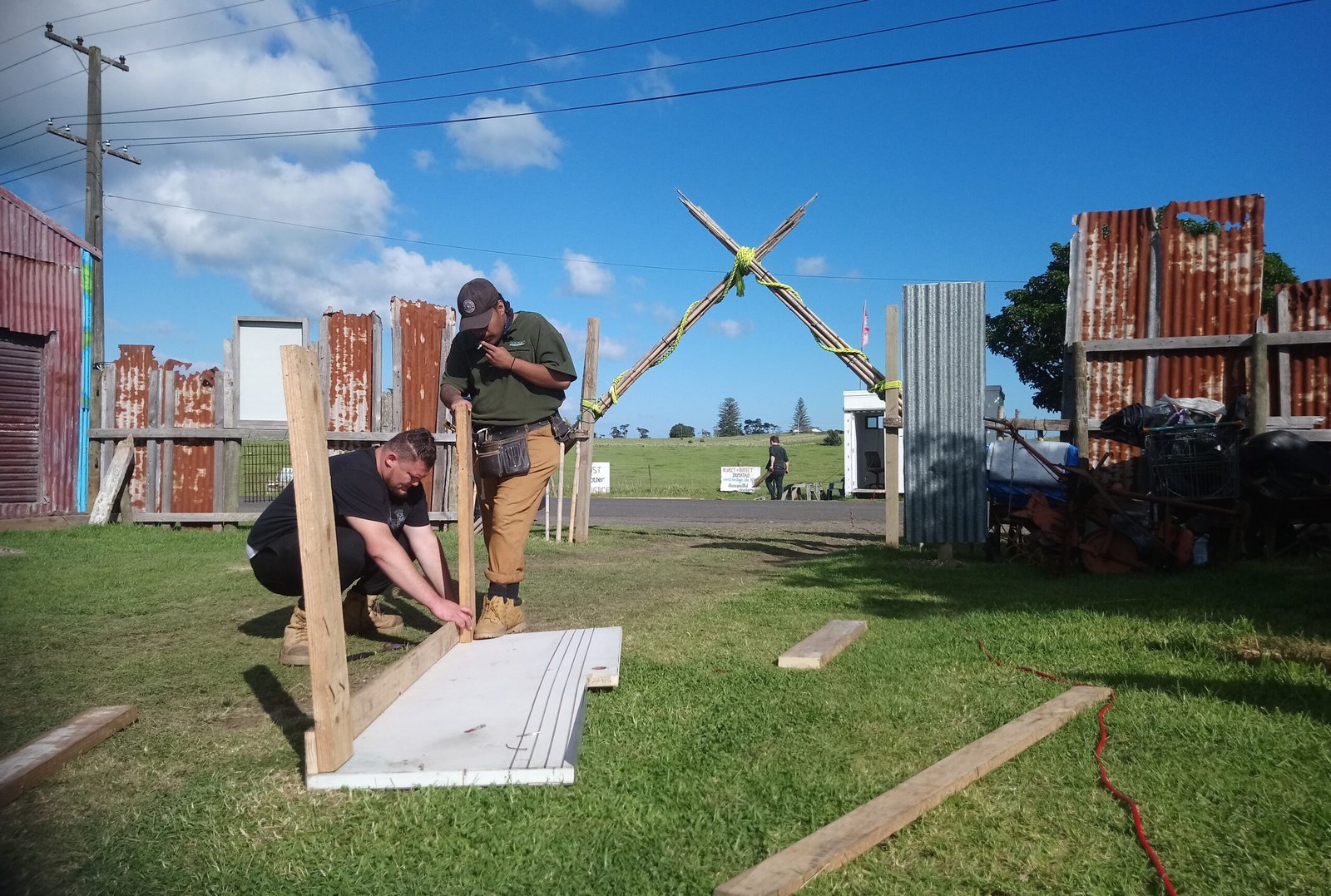
Kaitiakitanga is more than a concept; it’s an active duty. Māori communities have long practiced sustainable management of their forests, rivers, and coasts, guided by the wisdom of elders and the rhythms of the seasons. This guardianship can be seen in traditional hunting restrictions, known as rāhui, which are placed on certain areas or species to allow them time to recover. Today, these practices are being woven into modern conservation strategies, showing how ancient customs can help restore endangered populations and habitats. By listening to the land and honoring its needs, Māori guardianship sets an example for the world.
Reviving the Voices of the Forest: Protecting Endemic Birds
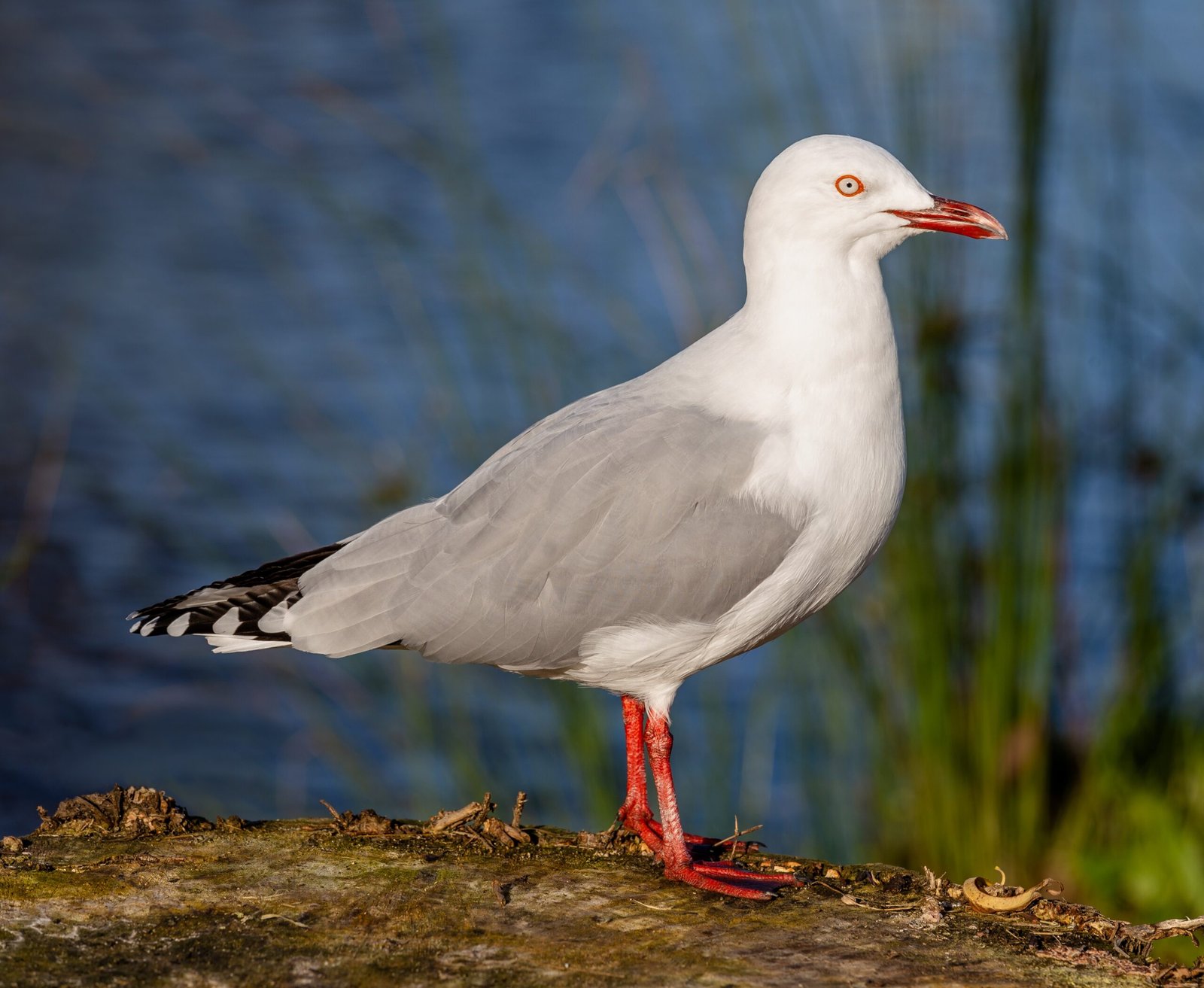
New Zealand’s forests once echoed with the songs of countless native birds, many of which exist nowhere else on the planet. Species like the kiwi, kākā, and kākāpō have long held special significance for Māori, who tell stories of these birds as messengers and guardians. Through initiatives led by iwi (tribes), traditional knowledge about bird behavior, nesting sites, and seasonal changes is being integrated into recovery programs. For instance, Māori-led monitoring and habitat restoration have helped boost kākāpō numbers, offering a lifeline to a species on the brink of extinction. These efforts blend cultural reverence with scientific rigor, producing remarkable results.
Restoring Aotearoa’s Waterways: The Role of Mātauranga Māori
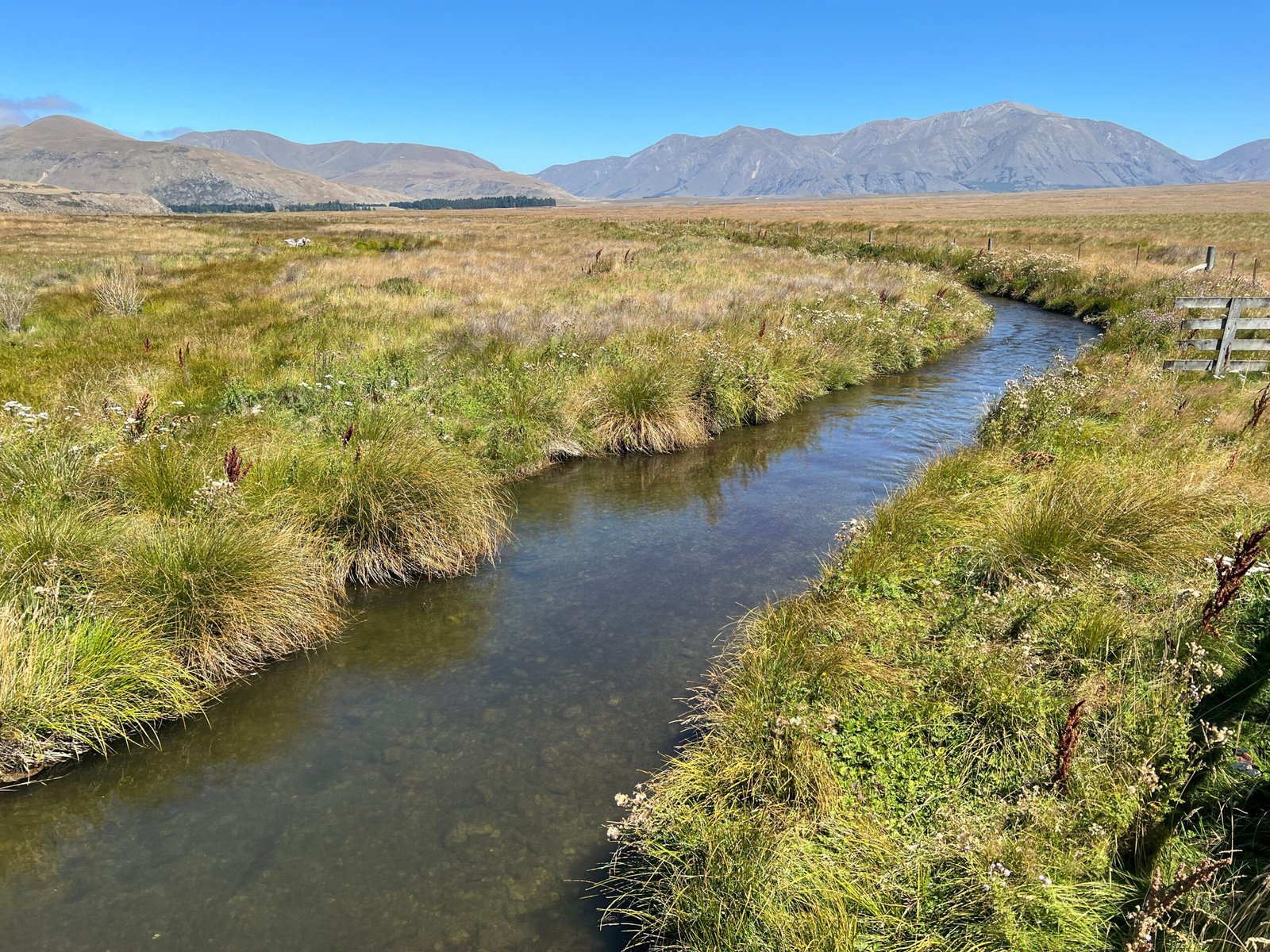
Freshwater ecosystems are lifelines for both people and wildlife in Aotearoa (New Zealand). Māori knowledge, or mātauranga Māori, includes intricate understandings of river flows, fish migrations, and wetland health. By consulting with local Māori, conservation planners learn when to plant, harvest, or rest certain water bodies. This has led to the revival of endangered native fish such as the whitebait (īnanga) and longfin eel (tuna), whose survival depends on the delicate balance of water and land. The wisdom passed down through generations is proving vital in healing damaged waterways and restoring the fish populations that depend on them.
Traditional Tools and Modern Science: A Powerful Partnership
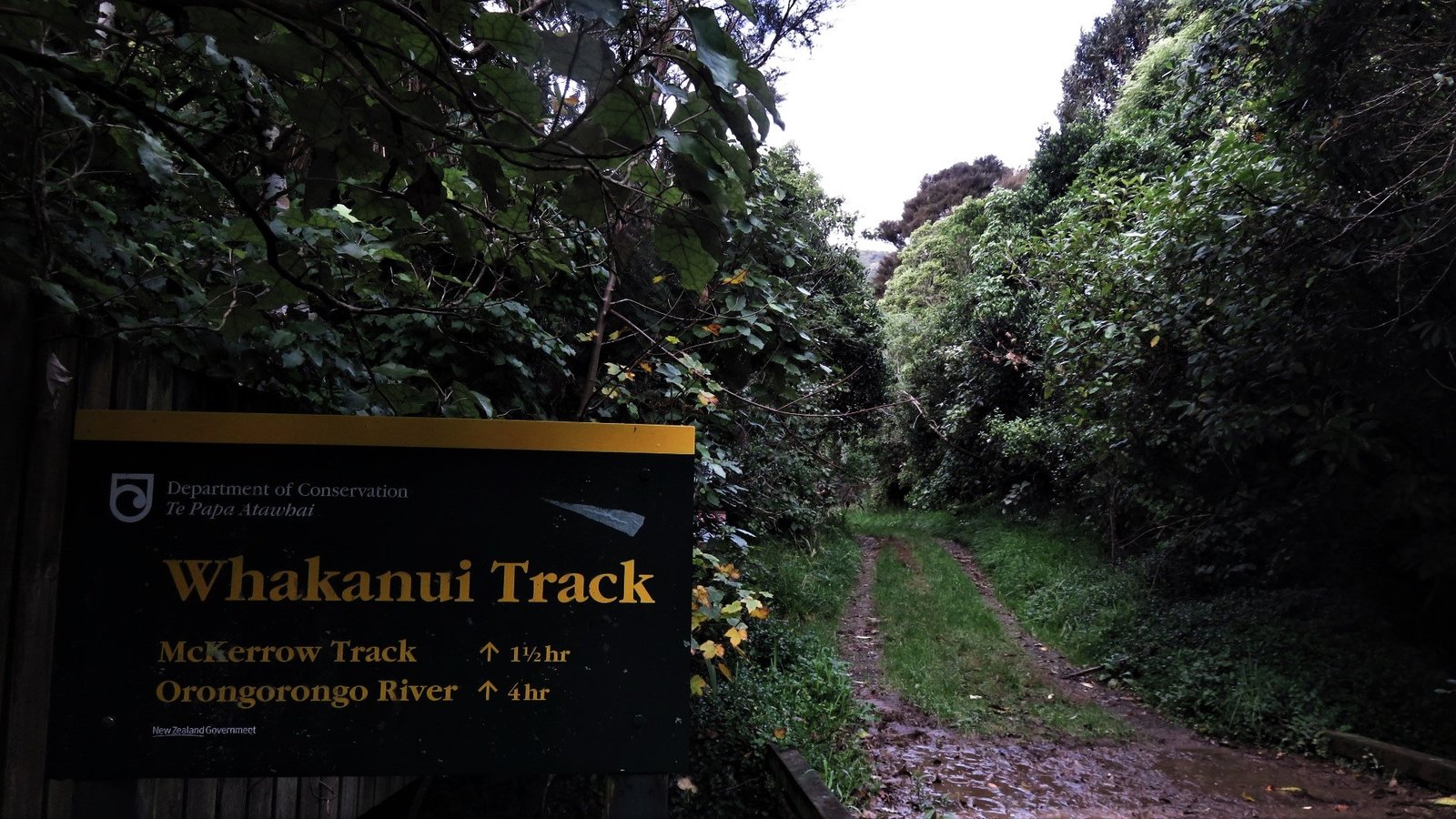
Partnerships between Māori communities and scientists are reshaping conservation in New Zealand. Rather than relying on one viewpoint, these collaborations merge the precision of modern research with the intuition and experience of Māori elders. For example, when tracking rare reptiles like the tuatara, Māori trackers use signs in the landscape—such as changes in vegetation or animal calls—that might be missed by technology alone. The result is a richer, more holistic understanding of ecosystems, leading to smarter, more effective recovery efforts for endangered wildlife.
Rāhui: Temporary Bans for Lasting Change
The traditional practice of rāhui has gained renewed importance in the fight to save New Zealand’s wildlife. When a rāhui is declared, an area or resource is temporarily closed to harvesting, allowing depleted populations time to recover. This was historically done for reasons ranging from respect for the dead to resource management. Today, rāhui are often placed on forests, rivers, or coastlines after environmental disasters or when species face severe decline. Science now confirms what Māori always knew: giving nature a rest can spark remarkable recoveries, as seen in the resurgence of shellfish beds and native bird populations after a rāhui.
Restoring Native Forests: Seed to Canopy
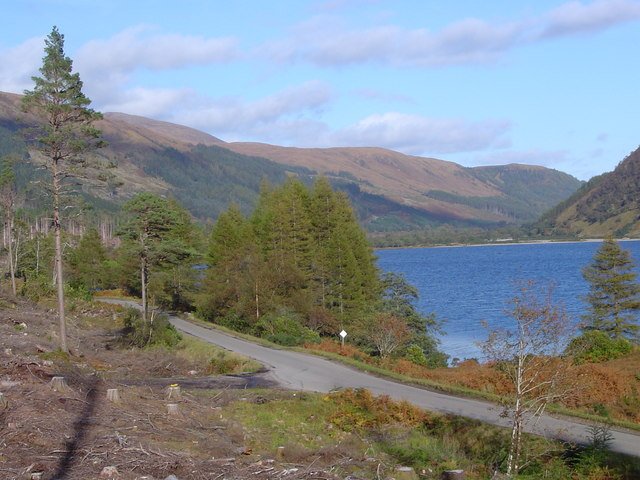
Māori involvement in native forest restoration goes beyond planting trees—it’s about reviving entire ecosystems. Elders teach the importance of planting in harmony with the land’s needs, choosing species that nurture soil, attract birds, and provide food for insects. This holistic approach helps recreate the complex web of life that once thrived across New Zealand. Restoration projects led by Māori often include rituals to honor the land, weaving culture and science together in every seedling. As forests return, so too do the birds, insects, and lizards that call them home, bringing hope for the future.
Revitalizing Cultural Practices for Conservation
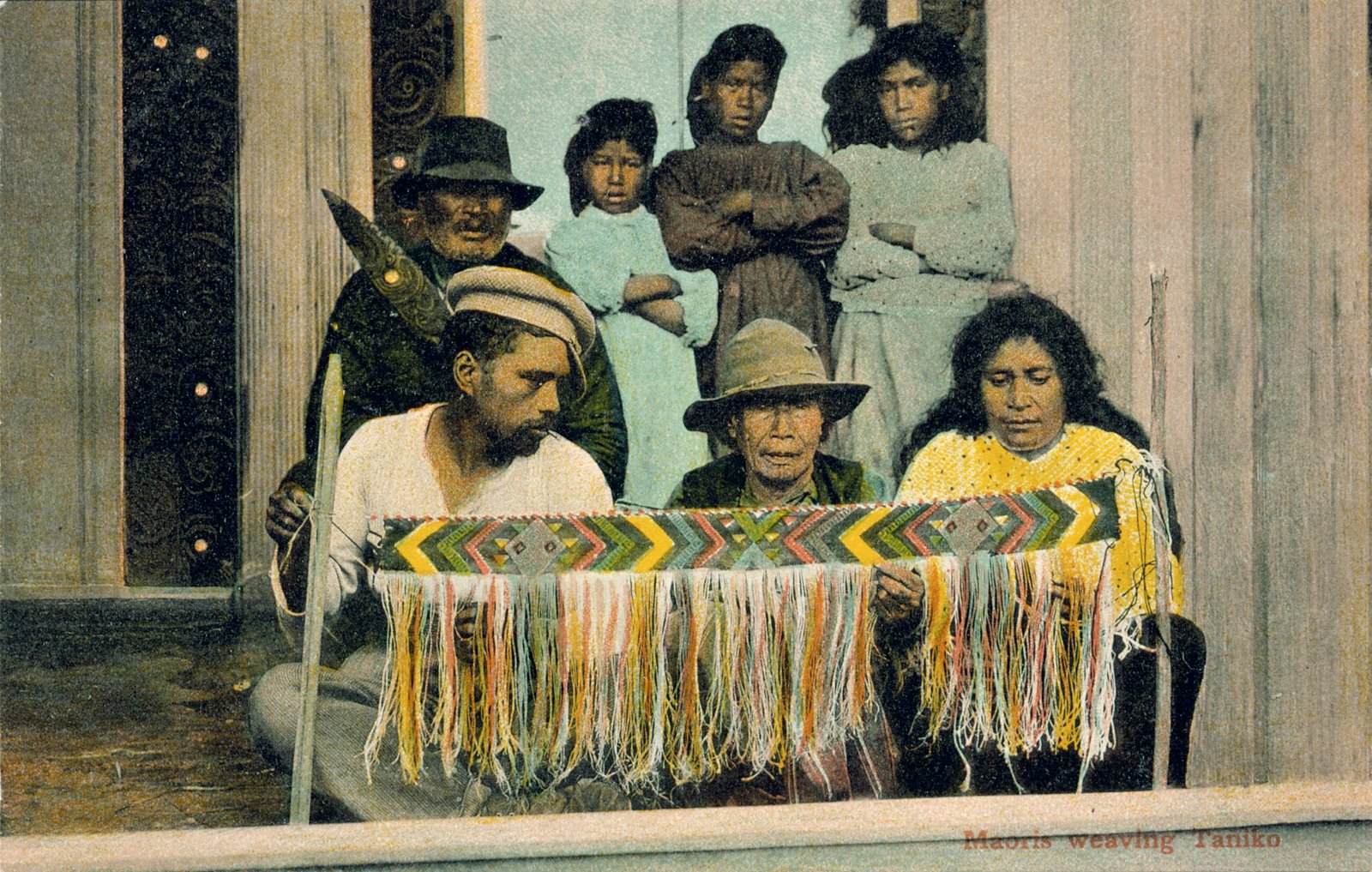
Many traditional Māori practices, such as weaving and carving, depend on native plants and animals. By reviving these arts, communities also revive the habitats needed for their materials. Efforts to restore harakeke (flax) wetlands or replant totara trees are driven not just by ecological need, but by the desire to keep culture alive. This powerful connection means conservation is woven into everyday life, with young people learning both traditional skills and the importance of protecting nature. The result is a living legacy, where culture and conservation grow side by side.
Education and Empowerment: The Next Generation of Kaitiaki
Māori-led conservation programs are inspiring a new generation of environmental stewards, or kaitiaki. Through schools, community projects, and hands-on experiences, young people learn about their ancestral lands and the creatures that depend on them. These programs blend storytelling, outdoor learning, and science, creating a sense of pride and responsibility. By empowering youth to become guardians of their environment, Māori knowledge ensures that the wisdom of the past continues to shape a sustainable future.
Collaborative Governance: Sharing Power for Wildlife Recovery
One of the most remarkable shifts in New Zealand conservation is the growing recognition of Māori authority in environmental decision-making. Co-management agreements between iwi and government agencies allow for shared stewardship of national parks, islands, and reserves. This collaborative governance ensures Māori voices are central in managing resources, leading to more culturally sensitive and ecologically effective outcomes. As a result, initiatives like the return of sacred islands or the joint management of marine reserves are setting new standards for wildlife recovery.
The Enduring Impact of Māori Wisdom
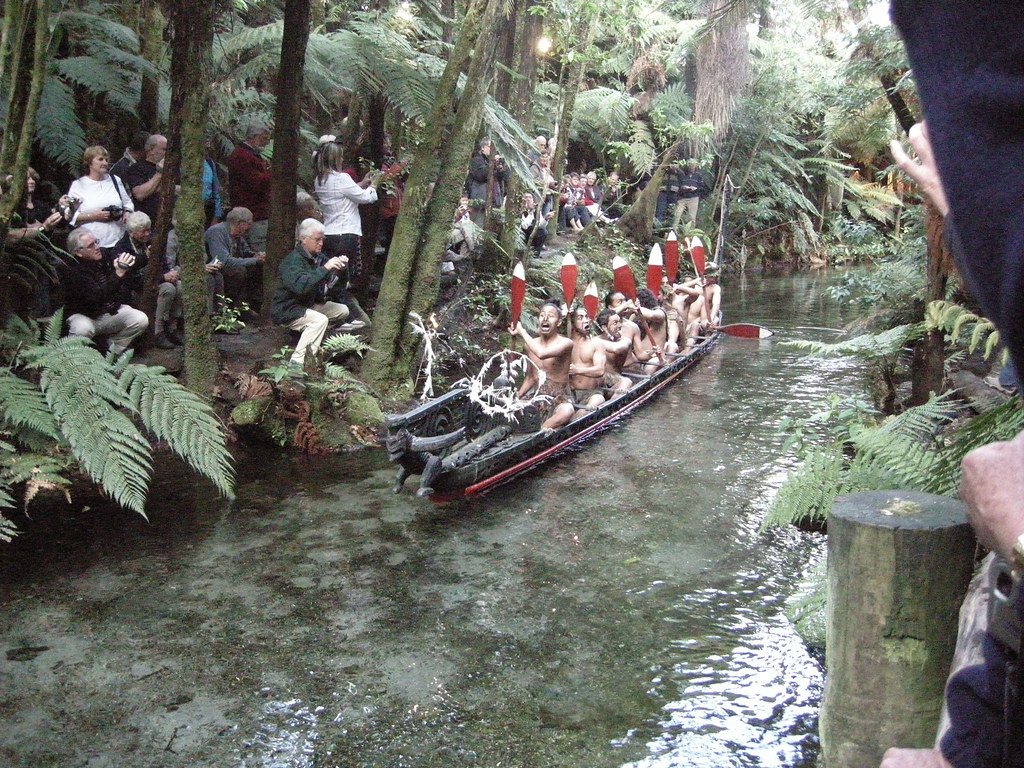
The recovery of New Zealand’s endemic wildlife is a story of hope, resilience, and the transformative power of indigenous knowledge. Māori wisdom—rooted in respect, observation, and connection—continues to guide conservation efforts, breathing new life into ancient forests, rivers, and coasts. As science and tradition walk hand in hand, New Zealand’s unique creatures are finding a brighter future. The legacy of Māori guardianship offers a powerful reminder: when we listen to the land and honor its stories, remarkable recovery is possible.

